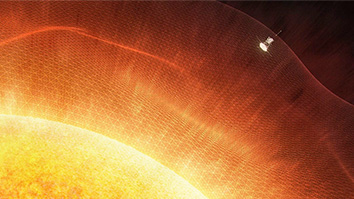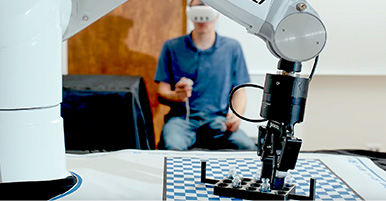Citation
Jamieson, C., Garcia, R. M., Pejakovic, D. A., & Kalogerakis, K. S. (2009, September). Oxygen Atom Recombination in Carbon Dioxide Atmospheres. In AAS/Division for Planetary Sciences Meeting Abstracts# 41 (Vol. 41, pp. 54-01).
Abstract
Understanding processes involving atomic oxygen is crucial for the study and modeling of composition, energy transfer, airglow, and transport dynamics in planetary atmospheres. Significant gaps and uncertainties exist in our understanding of the above processes, and often the relevant input from laboratory measurements is missing or outdated. We are conducting experiments to measure the rate coefficients for O + O + CO2 and O + O2 + CO2 recombination and investigate the O2 excited states produced following O-atom recombination. These laboratory measurements are key input for a quantitative understanding and reliable modeling of the atmospheres of the CO2 planets and their airglow.An ArF excimer laser with 193-nm pulsed output radiation is employed to partially photodissociate carbon dioxide. In an ambient-pressure (760 Torr) background of CO2, the O atoms produced recombine in a time scale of a few milliseconds. Detection of laser-induced fluorescence at 845 nm following two-photon excitation near 226 nm monitors the decay of the oxygen atom population. From the temporal evolution of the signal we can extract the rate coefficients for recombination of O + O and O + O2 in the presence of CO2. We also use fluorescence and resonance-enhanced multi-photon ionization techniques to detect the products of the O-atom recombination and subsequent relaxation in CO2.
This work is supported by the US National Science Foundation’s (NSF) Planetary Astronomy Program. Rosanne Garcia’s participation was funded by the NSF Research Experiences for Undergraduates (REU) Program.


